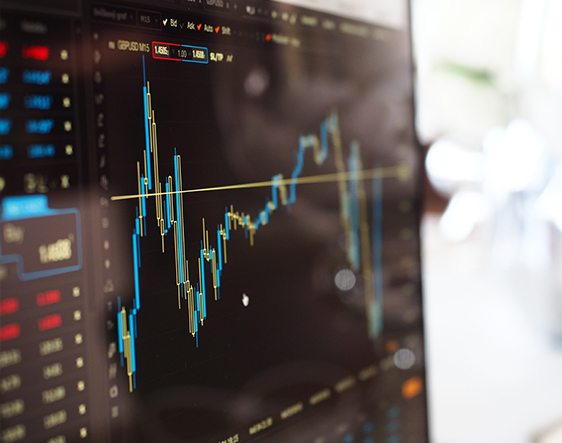Most of this year’s “hot” IPO’s will have lost investors money within the next five years. A flurry of big-name companies have floated in the past year, including Uber, Beyond Meat and WeWork, in the most active period for IPOs since the dot.com heyday. Contributor Chris Andrews & David Simons, Co-managers – SilverCross Global Small-Cap.
Investors are clearly attracted to IPOs, and the key difference now is that companies coming to the market have existed on average for 12 years versus only four in 1999,” the managers said. Andrews & David Simons, co-managers of SilverCross Global Small-Cap fund, said investors should be cautious. In SilverCross’s most recent quarterly report to investors, the managers say investing in “hot’ IPOs is like “buying a lottery ticket.
“We avoid them not because we don’t believe in their business models or their growth potential, but because of a combination of the valuations of these businesses in relation to the risks involved as well as the fact many have never made a profit.
“They translate into highly speculative investment propositions. Indeed, in the period 1980-2016, almost half of all IPO’s had lost more than 50 percent of their value within five years, while another 20 percent had lost up to 50 percent of their value,”.
“Only 5 percent of all IPOs had a five-year stock price return exceeding 400 percent, so investing in these businesses is more like buying a lottery ticket.”
Andrews, whose fund has returned 122 percent to investors since launching five years ago, versus the MSCI World Small Cap index’s return of 64 percent, said the team’s investment process means they steered clear of “hot” IPO’s.
“We look to own between 25-35 small-cap companies globally which have strong long-term track-records, robust balance sheets and typically enjoy recurring demand for their products,” he said.
“We want management teams to be invested in the equity of the companies they run, and we like family-owned businesses because their long-term approach fits with ours.” Running with a turnover of only around 10 percent, the €190m fund invests in well-managed companies that generate significantly above average returns on their invested capital.
While sceptical about the spate of IPO’s in 2019, Andrews added that the notion that stocks are in bubble territory is misplaced with the P/E of global small-caps now at 20x versus the 20-year average of 29x.
“Although there are pockets of the market that may be overheated, given our concentrated portfolio we continue to find compelling investment opportunities,” he said.
“The companies we invest in each aim to contribute to making the world a better place, and we invest in companies that make products or deliver services that people need, rather just like to have or use.”
“This offers resilience during more challenging economic times which may or may not come in the next 12 to 24 months.”
Global stock markets have declined strongly twice in SilverCross’s history when the funds resilience shined through. The SilverCross fund declined much less during those difficult periods and subsequent bounces were consistently stronger than the temporary declines.
Between April 2015 and February 2016, the China market crash and concerns of the pending end of QE in the US drove the MSCI World Small Cap index down by 25 percent, but SilverCross declined by just 12 percent. In the most recent market set-back at the end of 2018 the index fell 22 percent, versus 15 percent for SilverCross.
“Market declines are inevitable. We maintain a consistent and disciplined approach and do not worry about market declines. Instead, we use them as opportunities to buy great businesses on sale and hold them for the long-term to benefit from the power of compounding. Time in the market, not timing the market is what drives wealth creation.”









